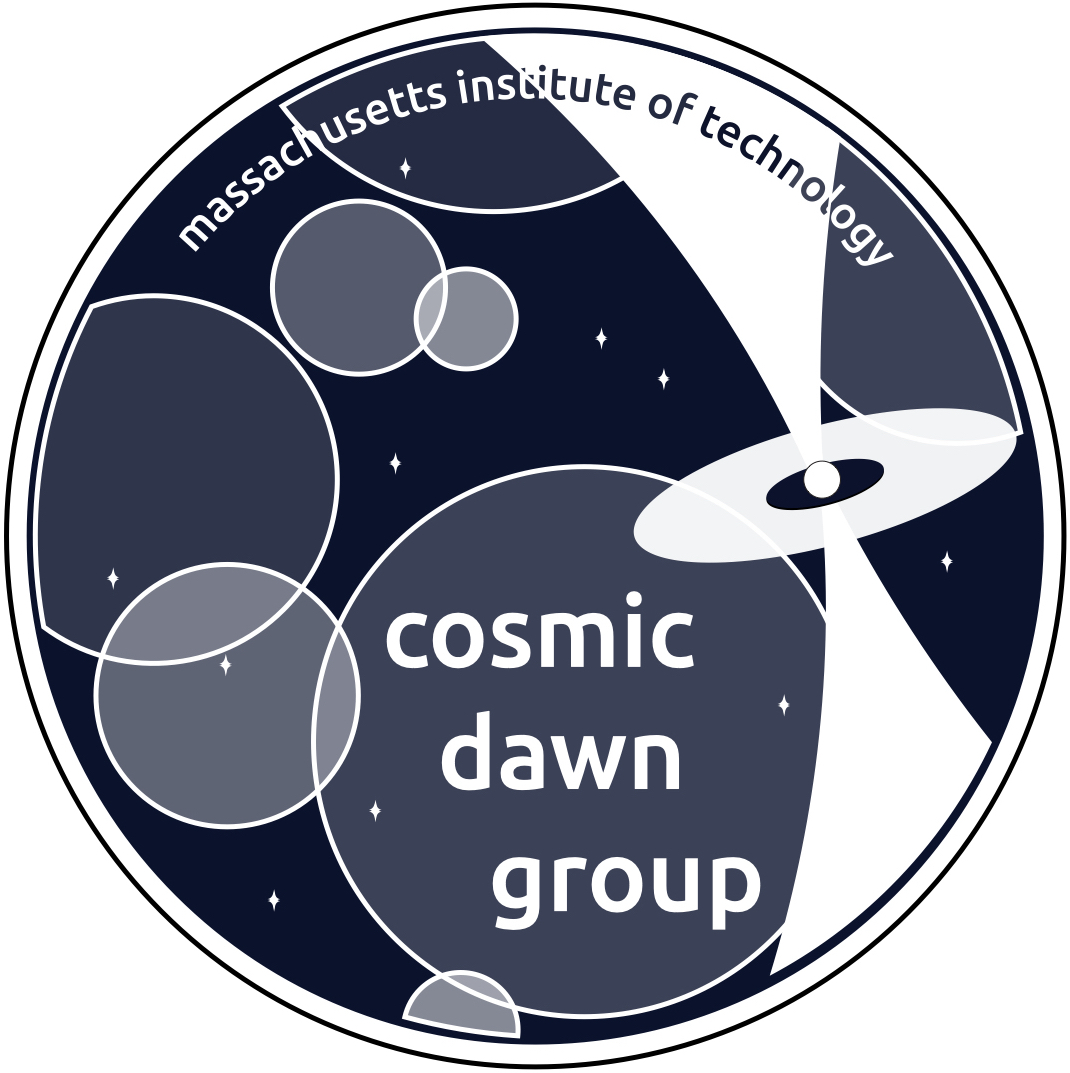 Welcome to the Cosmic Dawn Group at MIT ! We study how the first galaxies, stars, quasars and black holes formed in the early universe and evolved over cosmic time.
In our research we combine multi-wavelength observations - spanning X-rays to radio wavelengths -, cosmological simulations, as well as machine learning methods.
To learn more about our work, please check out the resources below.
Welcome to the Cosmic Dawn Group at MIT ! We study how the first galaxies, stars, quasars and black holes formed in the early universe and evolved over cosmic time.
In our research we combine multi-wavelength observations - spanning X-rays to radio wavelengths -, cosmological simulations, as well as machine learning methods.
To learn more about our work, please check out the resources below.
Team
Gene Leung
postdoctoral scholar (since 2024)
 Gene joined MIT in the fall of 2024. He is an expert in large spectroscopic imaging surveys and aims to understand how supermassive black holes shape the evolution of their host galaxies. He is also the PI of a 74-hour program on JWST called "MIRI Early Obscured-AGN Wide Survey" (MEOW), which will shed new light onto the fraction of obscured black hole growth in the early universe. Furthermore, Gene is very interested in mentoring undergraduates to do cutting-edge research.
Gene joined MIT in the fall of 2024. He is an expert in large spectroscopic imaging surveys and aims to understand how supermassive black holes shape the evolution of their host galaxies. He is also the PI of a 74-hour program on JWST called "MIRI Early Obscured-AGN Wide Survey" (MEOW), which will shed new light onto the fraction of obscured black hole growth in the early universe. Furthermore, Gene is very interested in mentoring undergraduates to do cutting-edge research.
Yuzo Ishikawa
postdoctoral scholar (since 2024)
Dominika Durovcikova
graduate student (since 2022)
 Dominika is a 5th year graduate student at MIT. She is an expert in studying the emission of high-redshift quasars to set new constraints on the Epoch of Reionization. Her PhD will be focussed on understanding the timing and duration of the Reionization Epoch, as well as studying the growth of early supermassive black holes using spectroscopic observations and IFU data from JWST and MUSE of high-redshift quasars.
Dominika is a 5th year graduate student at MIT. She is an expert in studying the emission of high-redshift quasars to set new constraints on the Epoch of Reionization. Her PhD will be focussed on understanding the timing and duration of the Reionization Epoch, as well as studying the growth of early supermassive black holes using spectroscopic observations and IFU data from JWST and MUSE of high-redshift quasars. Teodora Bulichi
graduate student (since 2023)
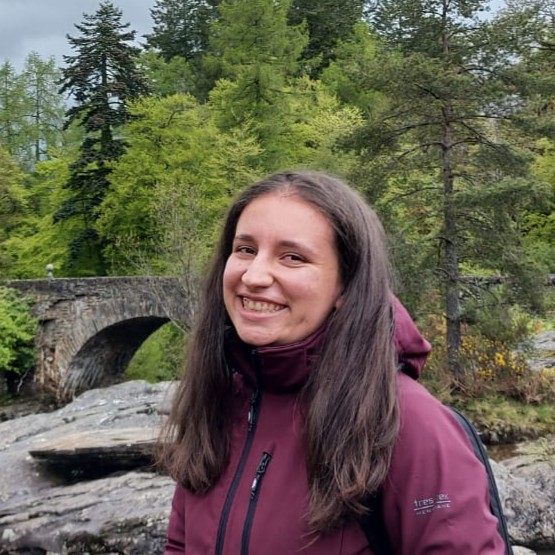 Teodora is a 3rd year graduate student at MIT and is working both in the Computational Structure and Galaxy Formation Group as well as the Cosmic Dawn group at MIT. She is an expert in cosmological simulations and is studying the growth of supermassive black holes and the size of quasar proximity zones in the Illustris TNG and Thesan simulations.
Teodora is a 3rd year graduate student at MIT and is working both in the Computational Structure and Galaxy Formation Group as well as the Cosmic Dawn group at MIT. She is an expert in cosmological simulations and is studying the growth of supermassive black holes and the size of quasar proximity zones in the Illustris TNG and Thesan simulations. Kaylie Hausknecht
graduate student (since 2024)
 Kaylie is a 2nd year Physics graduate student at MIT working at the interface of computer science and astronomy. For one of her projects she is developing a new approach using differential imaging applied to observations with the James Webb Space Telescope of quasars and their host galaxies.
Kaylie is a 2nd year Physics graduate student at MIT working at the interface of computer science and astronomy. For one of her projects she is developing a new approach using differential imaging applied to observations with the James Webb Space Telescope of quasars and their host galaxies.Mariona Giner
undergraduate student (since 2025)
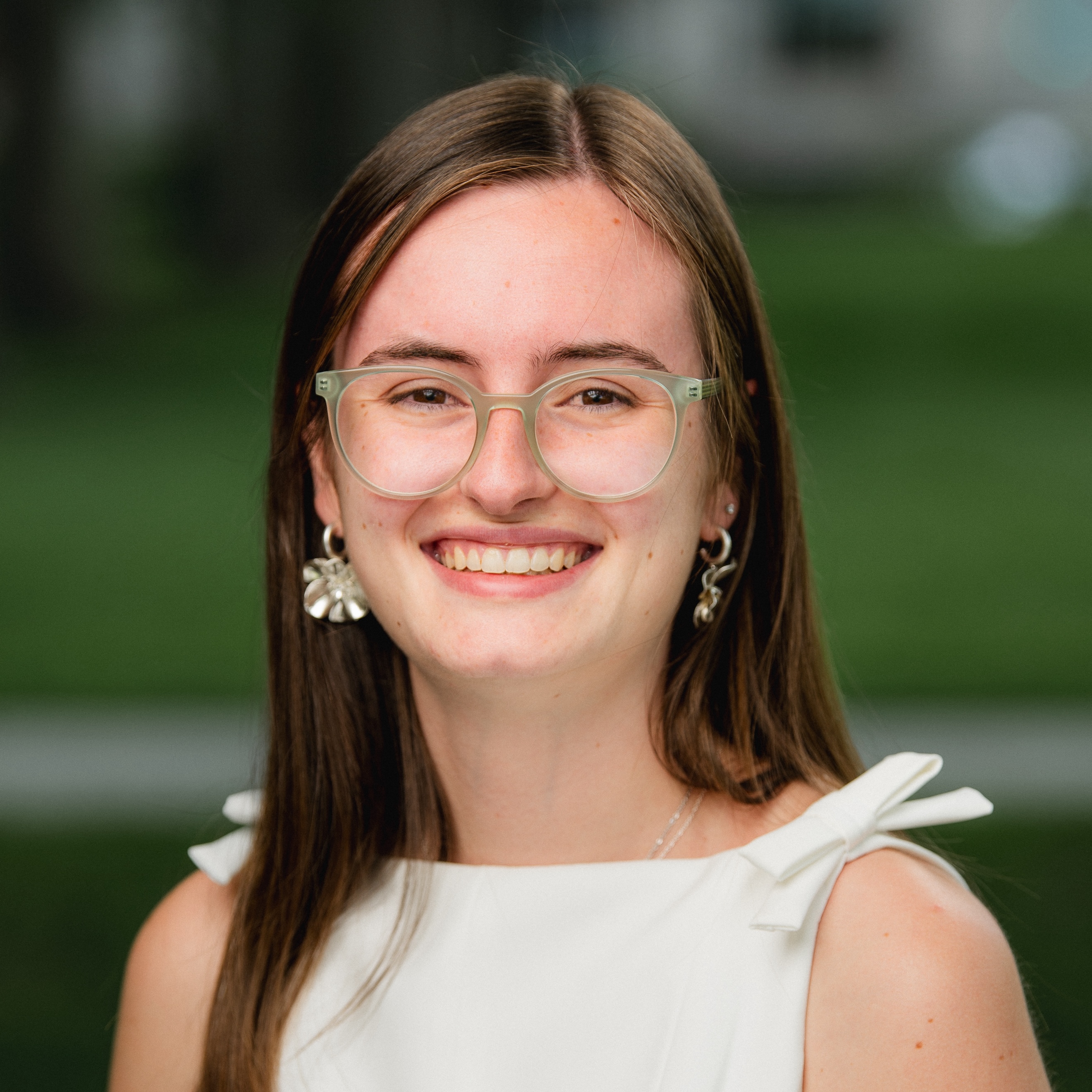 Mariona is a senior at the University of Richmond double-majoring in physics and mathematics who was part of the MIT Summer Research Program (MSRP) in 2025. She is studying clustering properties of quasars observed with the Gaia telescope in order to calculate their correlation function and, ultimately, the percentage of dark matter halos hosting an active quasar at any given redshift, also known as the duty cycle.
Mariona is a senior at the University of Richmond double-majoring in physics and mathematics who was part of the MIT Summer Research Program (MSRP) in 2025. She is studying clustering properties of quasars observed with the Gaia telescope in order to calculate their correlation function and, ultimately, the percentage of dark matter halos hosting an active quasar at any given redshift, also known as the duty cycle. Katherine Panebianco
undergraduate student (since 2025)
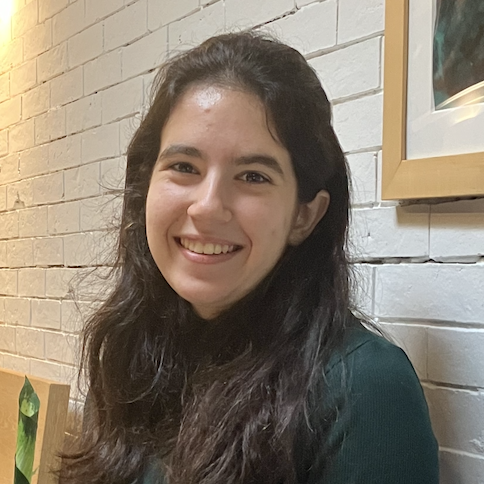 Katherine is a senior undergraduate student at MIT. She is studying a high-redshift gravitationally lensed quasar to learn more about its lensing structure, which has implications for the quasar’s magnification.
Katherine is a senior undergraduate student at MIT. She is studying a high-redshift gravitationally lensed quasar to learn more about its lensing structure, which has implications for the quasar’s magnification.Former group members
Minghao Yue
postdoctoral scholar (2022-2025)
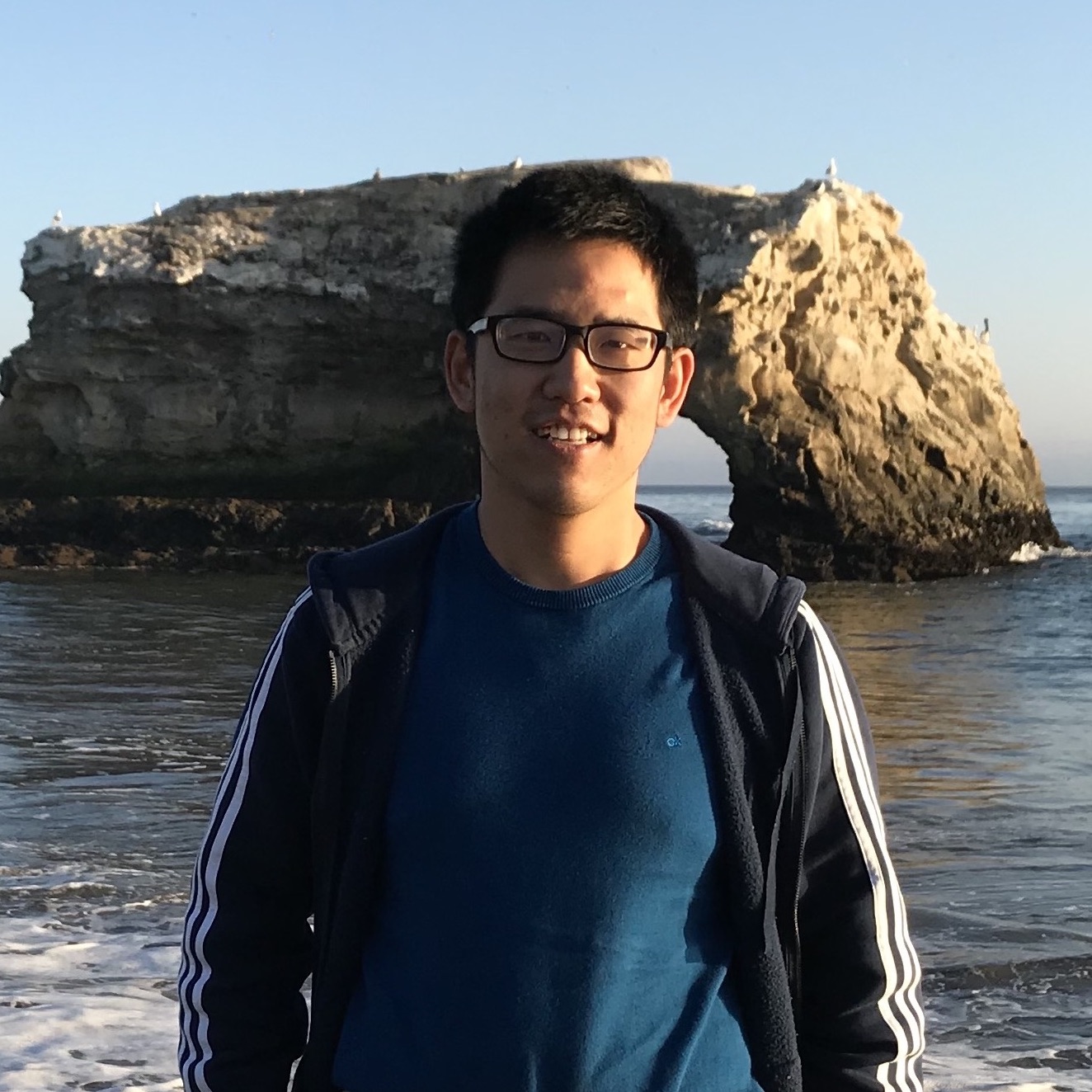 Minghao joined our group in the fall of 2022 as a postdoc, and became a Bok Postdoctoral Fellow at the University of Arizona in 2025. He is an expert in multi-wavelength observations of high-redshift quasars to characterize the properties and evolution of supermassive black holes accross cosmic time. He is particularly interested in finding gravitationally lensed quasars in the early universe, and is working on constraining the properties of dark matter and dark energy using gravitationally lensed objects.
Minghao joined our group in the fall of 2022 as a postdoc, and became a Bok Postdoctoral Fellow at the University of Arizona in 2025. He is an expert in multi-wavelength observations of high-redshift quasars to characterize the properties and evolution of supermassive black holes accross cosmic time. He is particularly interested in finding gravitationally lensed quasars in the early universe, and is working on constraining the properties of dark matter and dark energy using gravitationally lensed objects. Vidhi Lalchand
postdoctoral scholar (2022-2024)
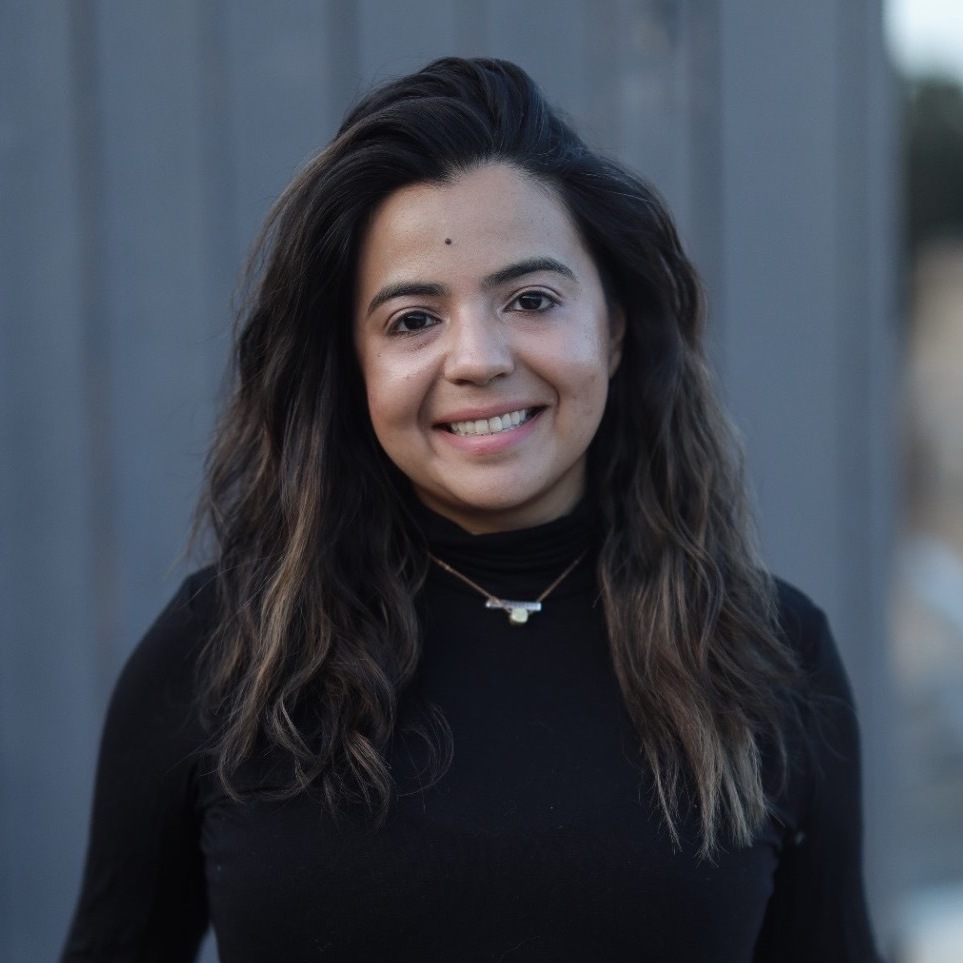 Vidhi is an Eric and Wendy Schmidt postdoctoral fellow at the Broad Institute of MIT and Harvard. She did her PhD in probabilistic machine learning at Christ's College, University of Cambridge in 2023. As a computational scientist she collaborates across several application domains in the contemporary sciences like physics, astronomy and computational biology. Her research interests in astronomy include multi-modal generative models for quasar spectra and their black hole engines.
Vidhi is an Eric and Wendy Schmidt postdoctoral fellow at the Broad Institute of MIT and Harvard. She did her PhD in probabilistic machine learning at Christ's College, University of Cambridge in 2023. As a computational scientist she collaborates across several application domains in the contemporary sciences like physics, astronomy and computational biology. Her research interests in astronomy include multi-modal generative models for quasar spectra and their black hole engines.
Abby Tejera Rocha
undergraduate student (2024)
 Abby is an undergraduate student at Oberlin College, who was part of the MIT Summer Research Program (MSRP) in the summer of 2024. She is measuring the clustering properties of quasars observed with the Gaia space satellite, in order to study the properties of the dark matter halos that host these luminous quasars across cosmic time.
Abby is an undergraduate student at Oberlin College, who was part of the MIT Summer Research Program (MSRP) in the summer of 2024. She is measuring the clustering properties of quasars observed with the Gaia space satellite, in order to study the properties of the dark matter halos that host these luminous quasars across cosmic time. Sam Christian
undergraduate student (2023-2024)
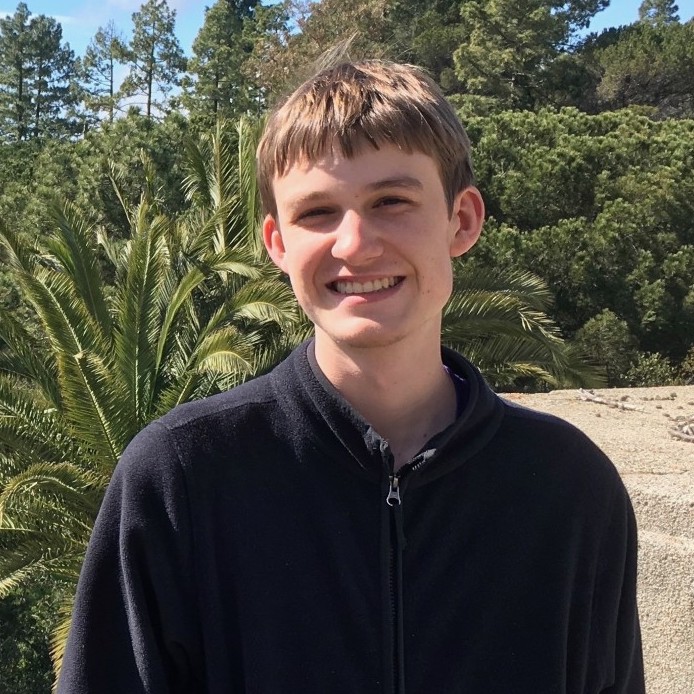 Sam was an undergraduate student at MIT and joined the Cosmic Dawn Group for a UROPfrom 2023 to 2024. He was using multi-epoch data from NASA's WISE satellite to detect changes in the accretion rate of quasars. This infrared photometric data spans more than two decades in time and thus enables the best measurements of the time variability in distant quasars.
Sam was an undergraduate student at MIT and joined the Cosmic Dawn Group for a UROPfrom 2023 to 2024. He was using multi-epoch data from NASA's WISE satellite to detect changes in the accretion rate of quasars. This infrared photometric data spans more than two decades in time and thus enables the best measurements of the time variability in distant quasars. Leah Bigwood
undergraduate student (2021-2022)
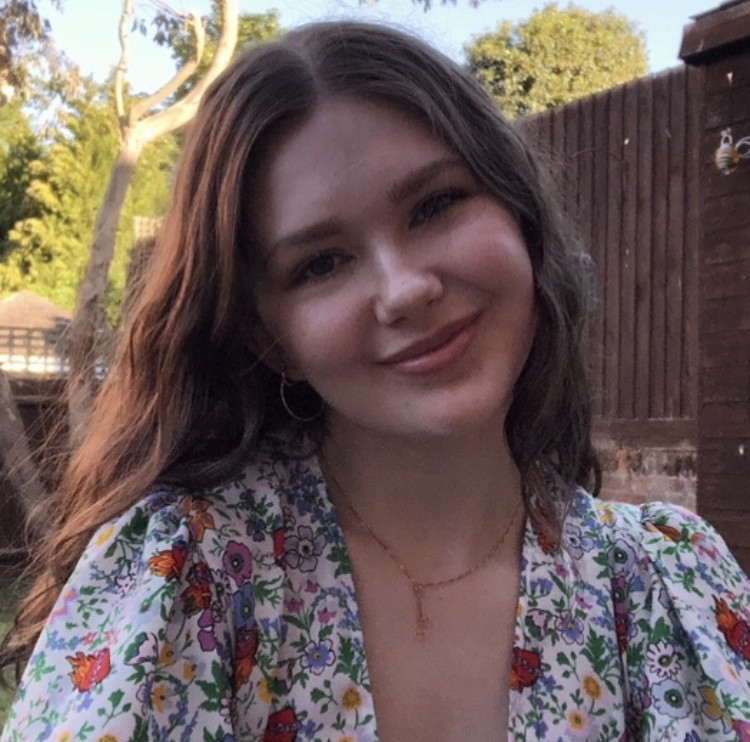 Leah was an undergraduate student at the University of Durham. She joined the group from 2021 to 2022 for a research project for which she was analyzing the spectra of high-redshift quasars observed with FIRE on the Magellan Telescope (see here).
Leah was an undergraduate student at the University of Durham. She joined the group from 2021 to 2022 for a research project for which she was analyzing the spectra of high-redshift quasars observed with FIRE on the Magellan Telescope (see here). She is currently working on her PhD at the University of Cambridge.
Karna Morey
undergraduate student (2020-2021)
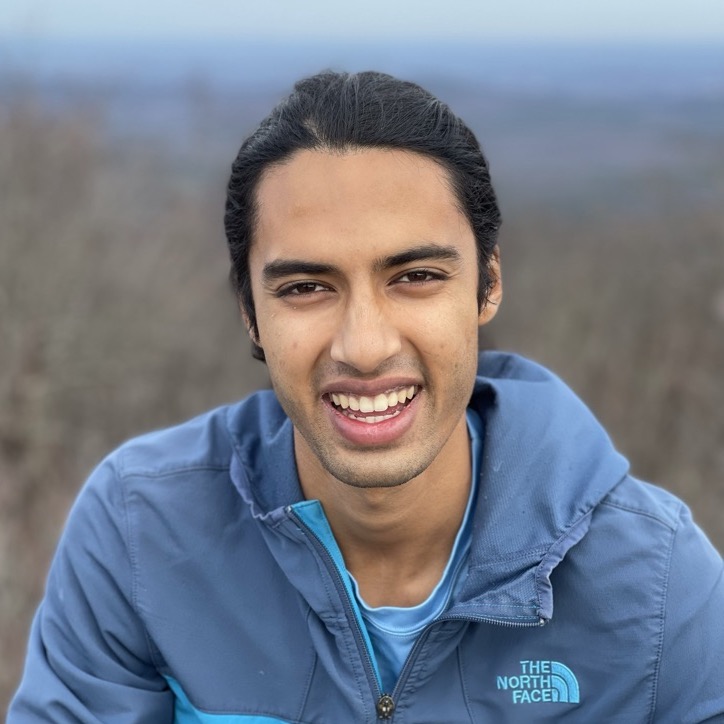 Karna was an undergraduate student at MIT. He joined the group from 2020 to 2021 for an undergraduate research project on the growth timescales of supermassive black holes. He studied the effective lifetime of the high-redshift quasar population, which resulted in his first publication. He was awarded a prestigious Barry Goldwater Scholarship based on this project.
Karna was an undergraduate student at MIT. He joined the group from 2020 to 2021 for an undergraduate research project on the growth timescales of supermassive black holes. He studied the effective lifetime of the high-redshift quasar population, which resulted in his first publication. He was awarded a prestigious Barry Goldwater Scholarship based on this project. Karna is currently on a Fulbright scholarship at the University of Barcelona and will afterwards move to Stanford University for his PhD.